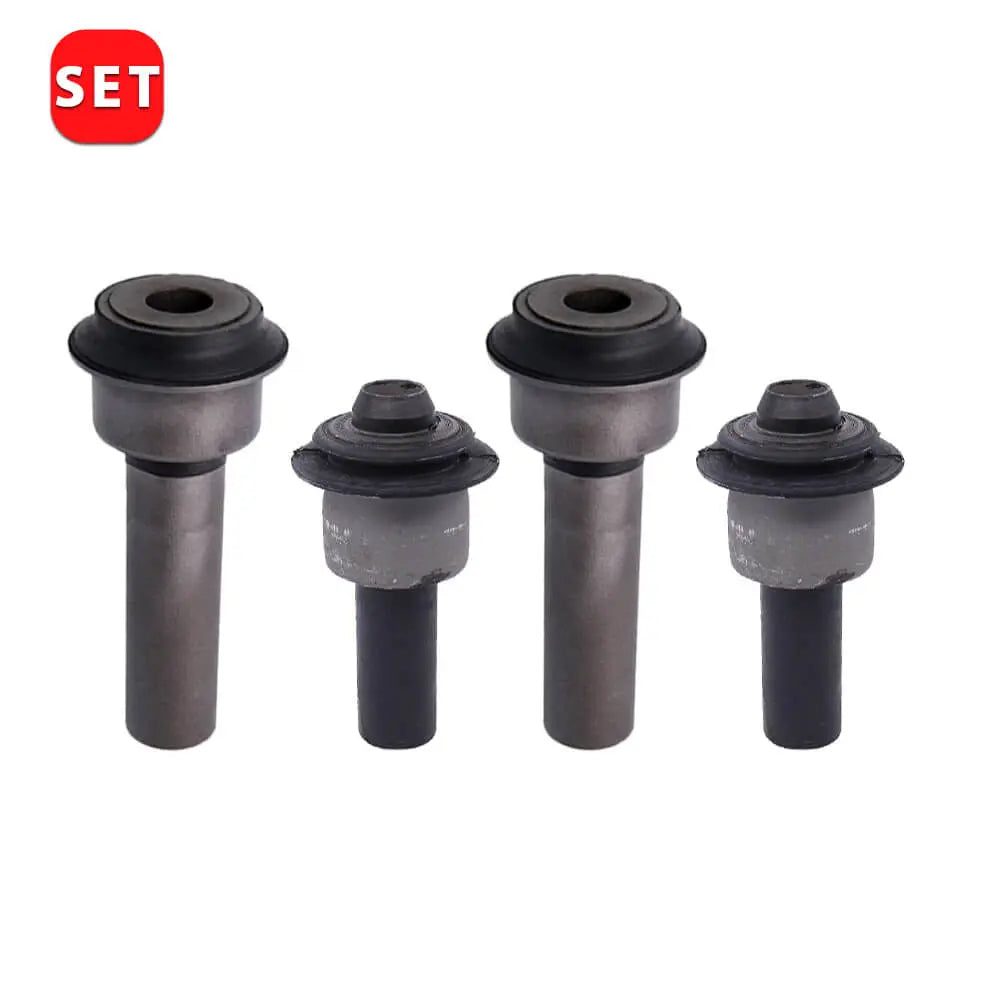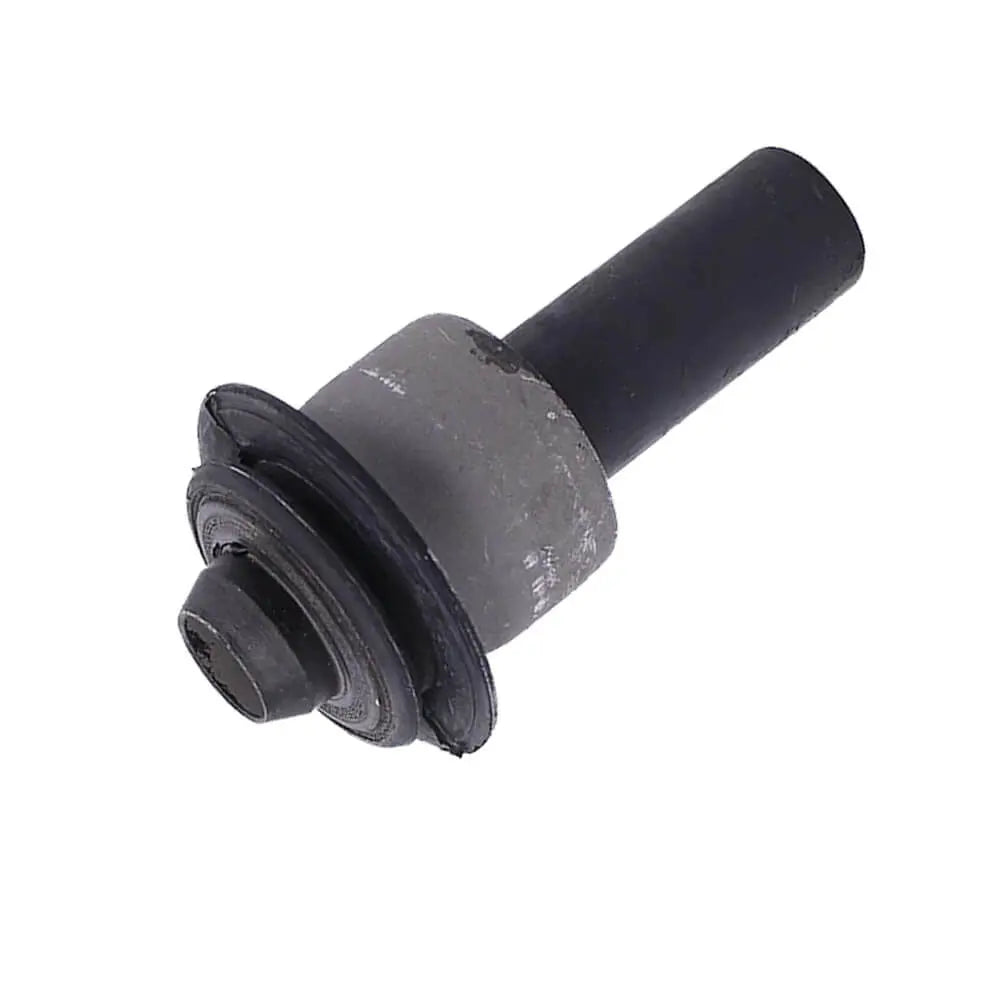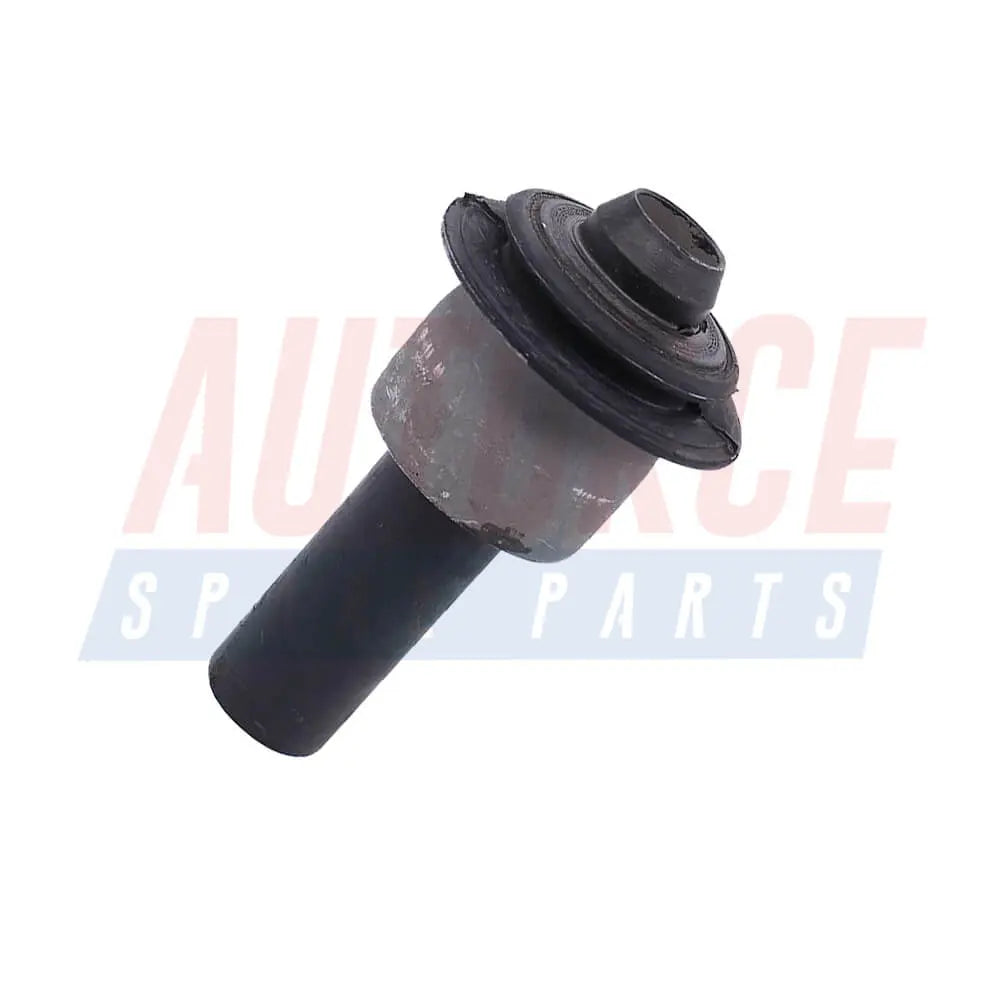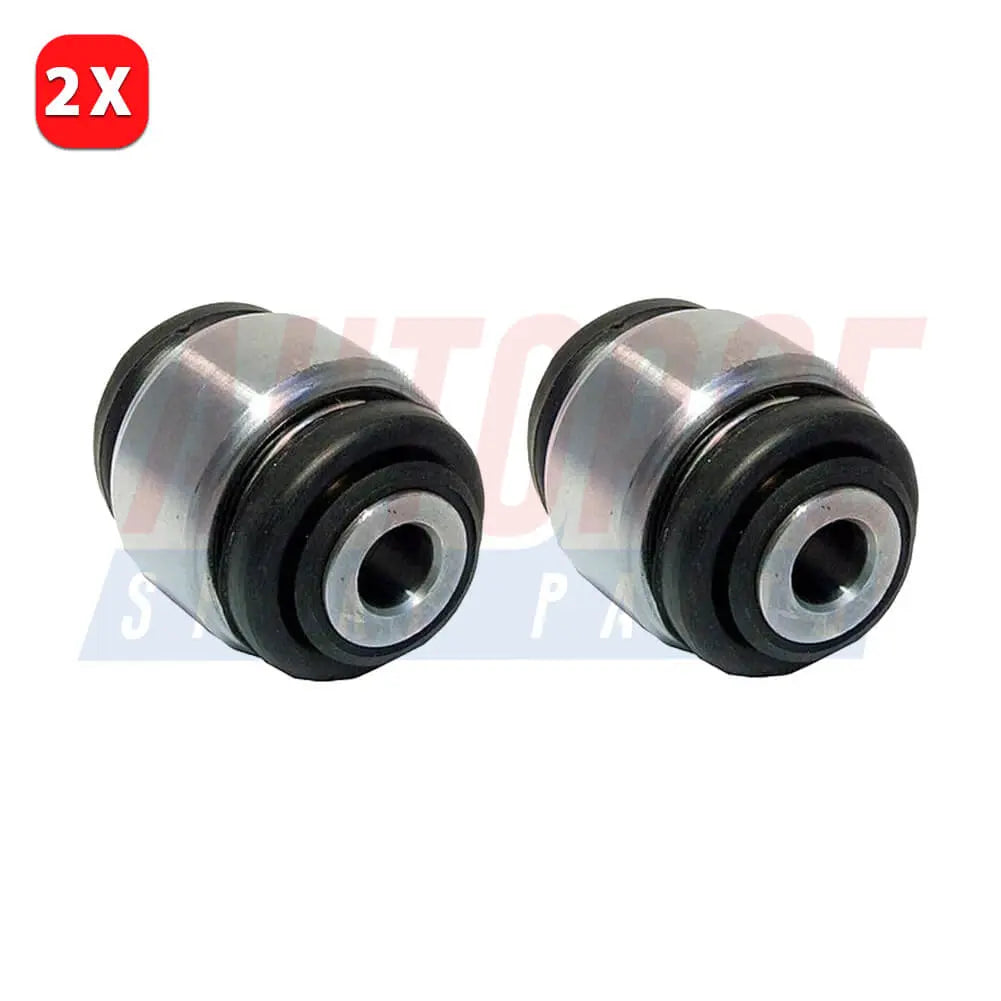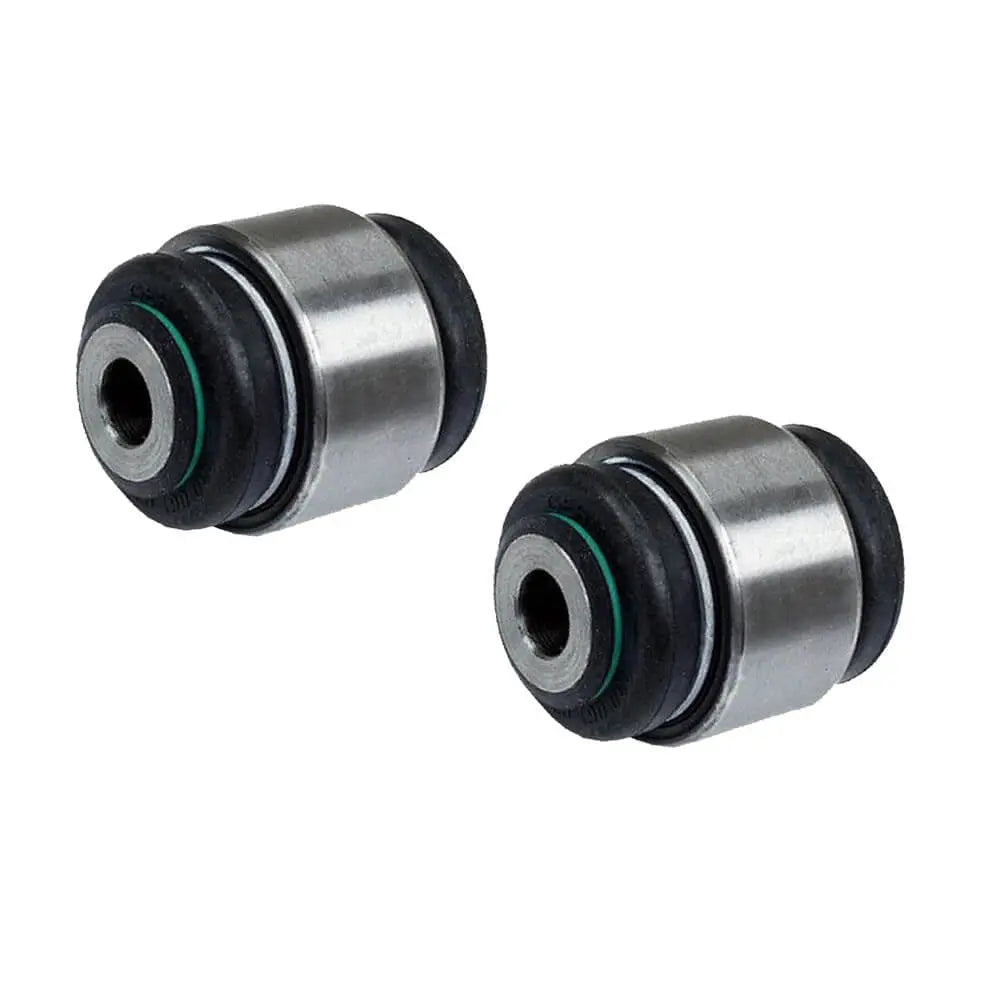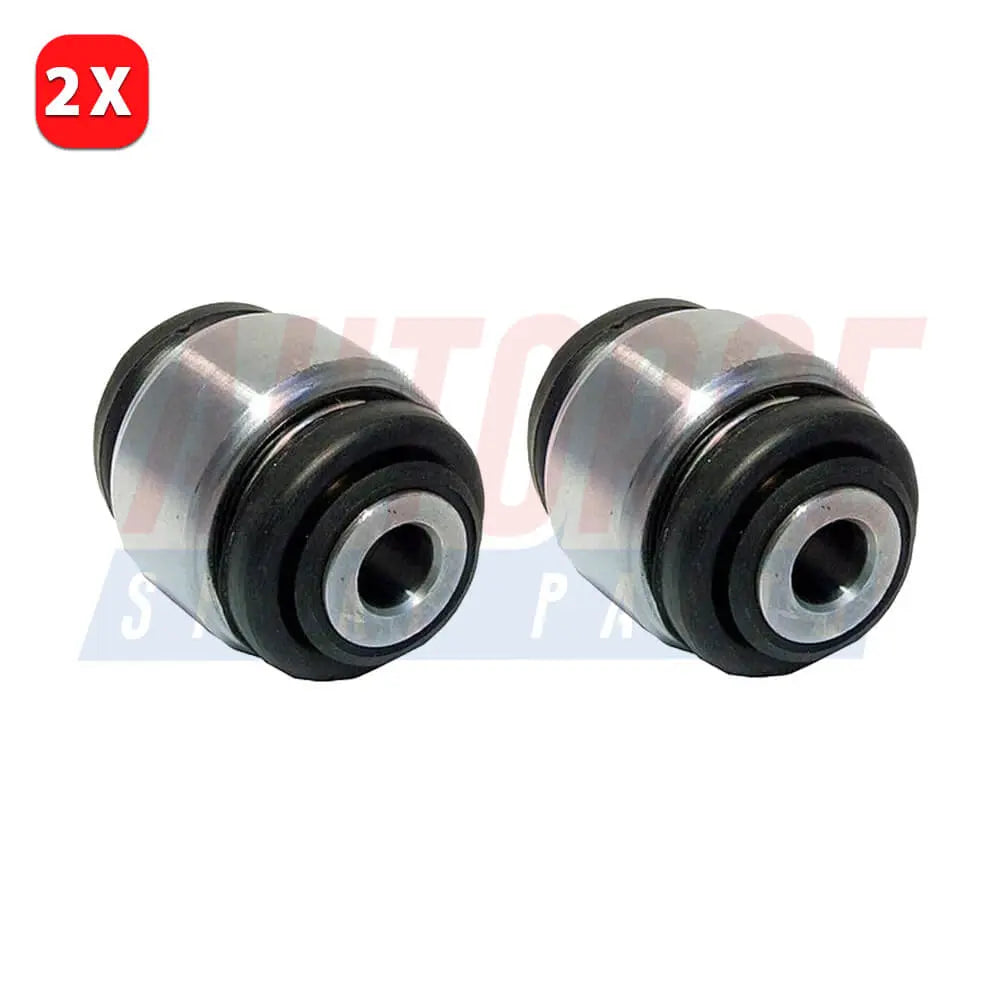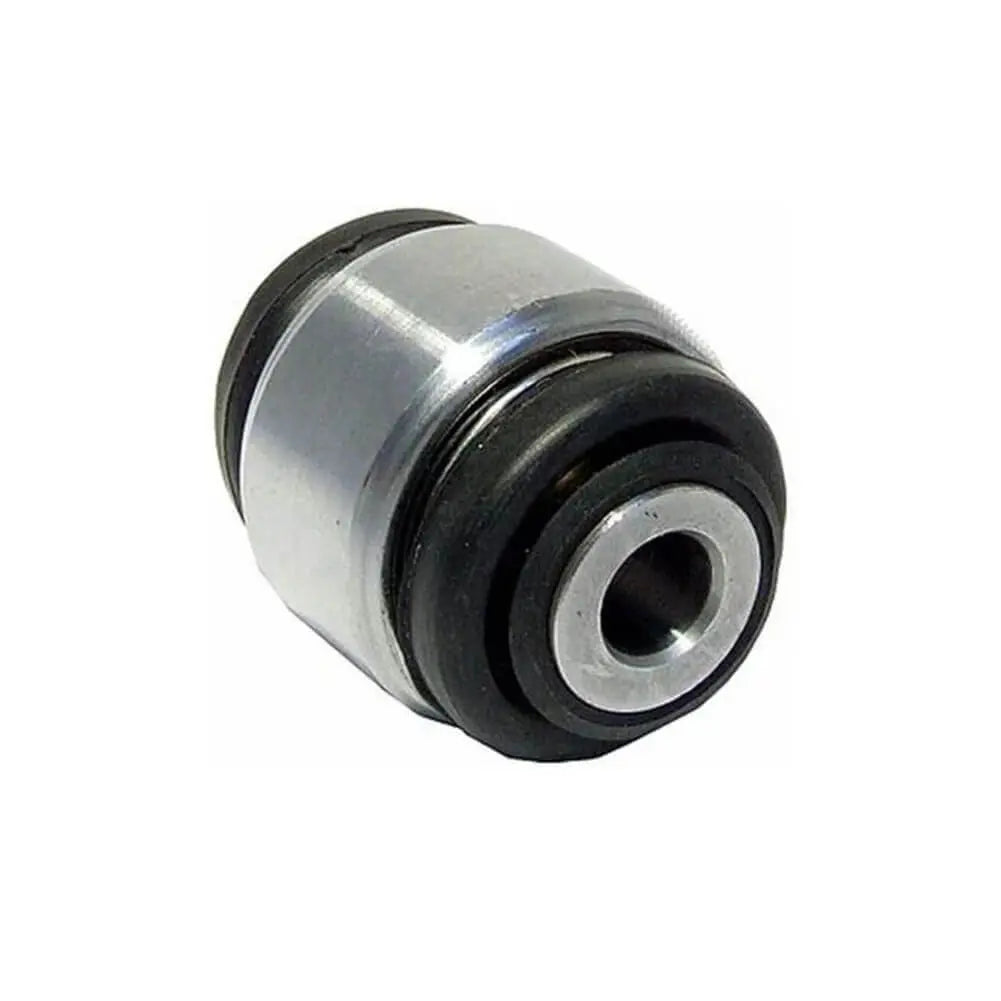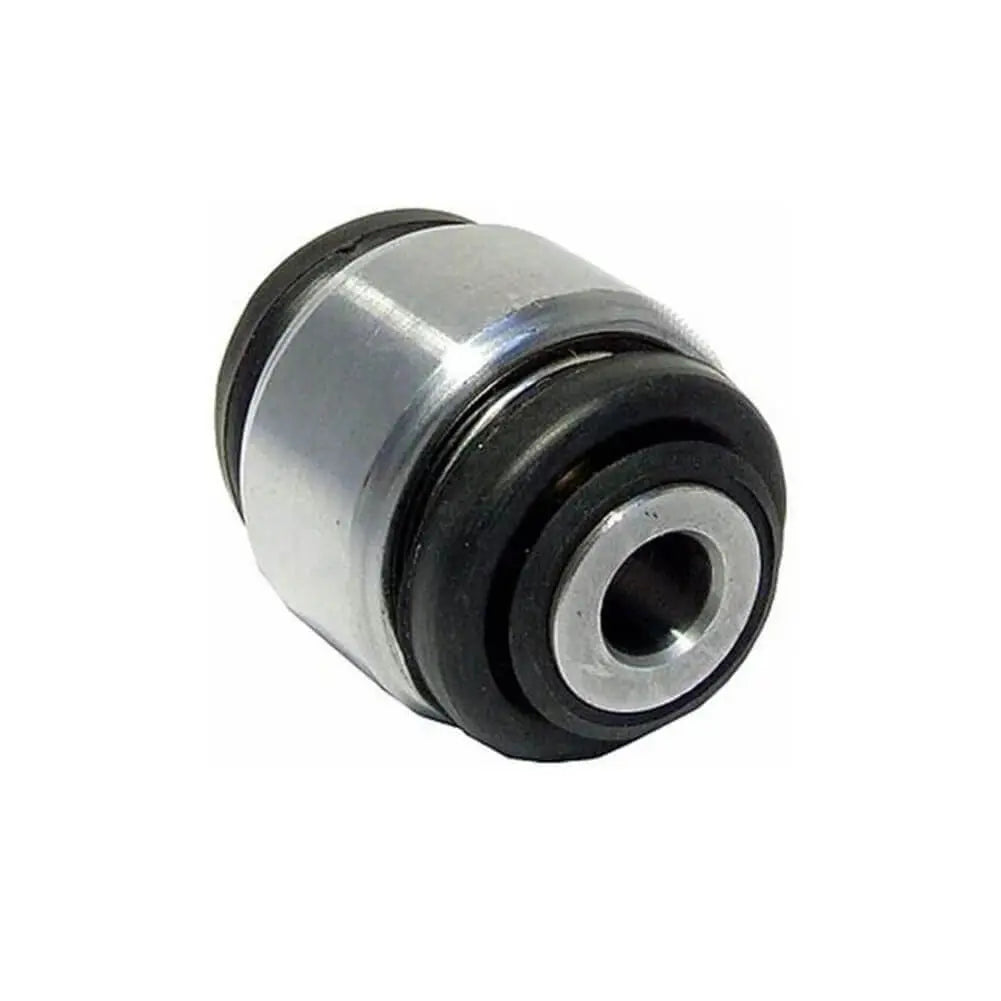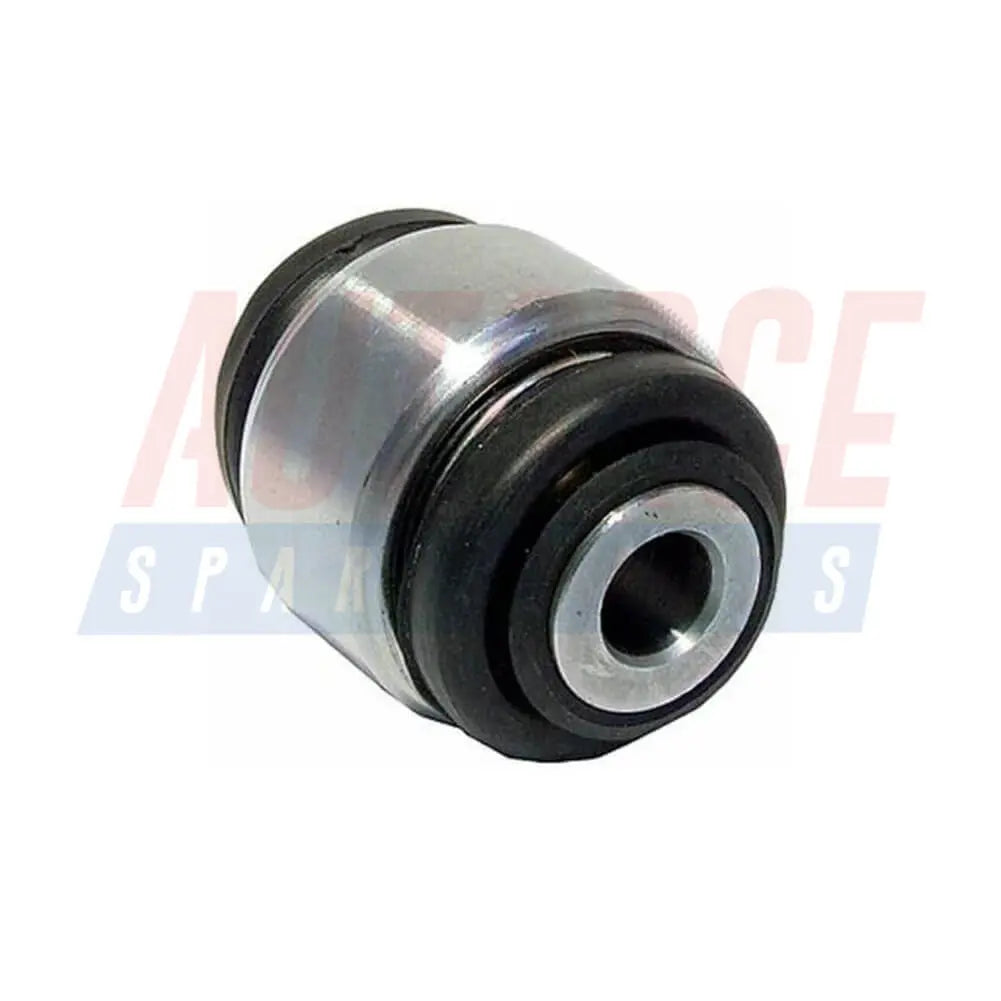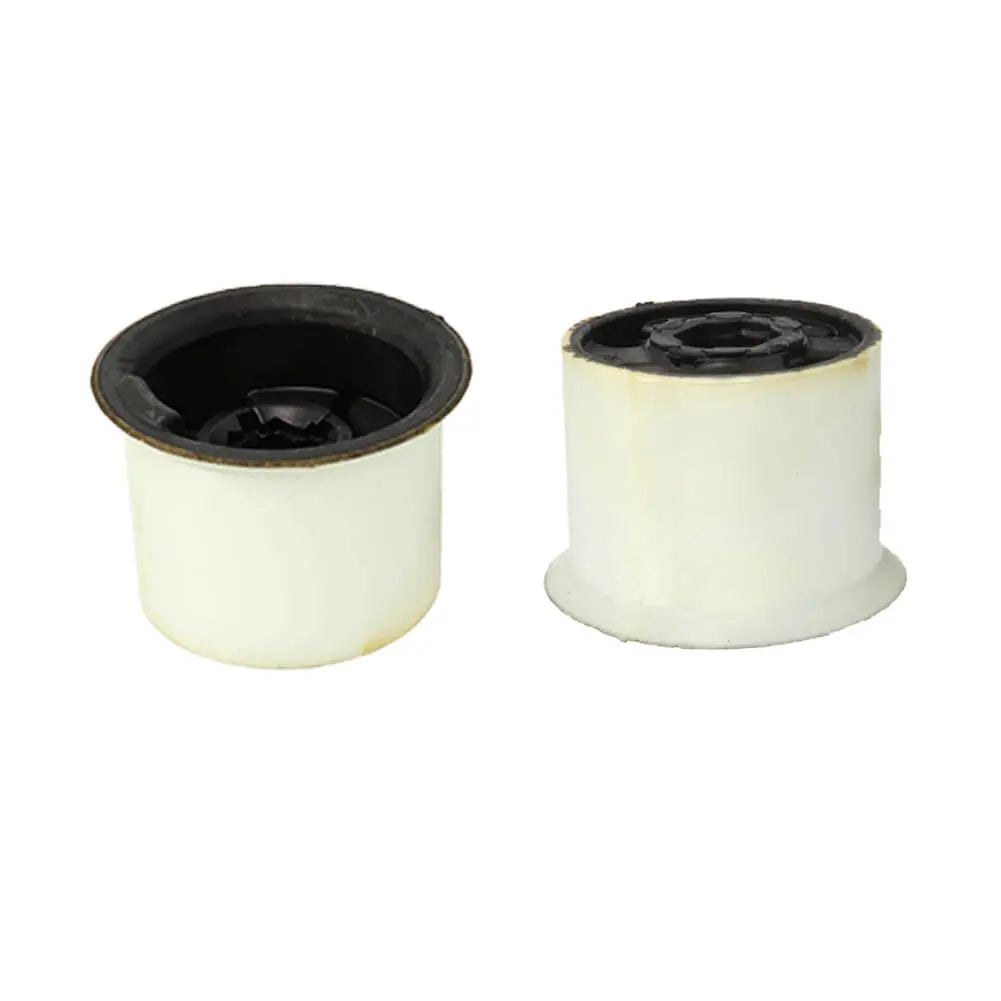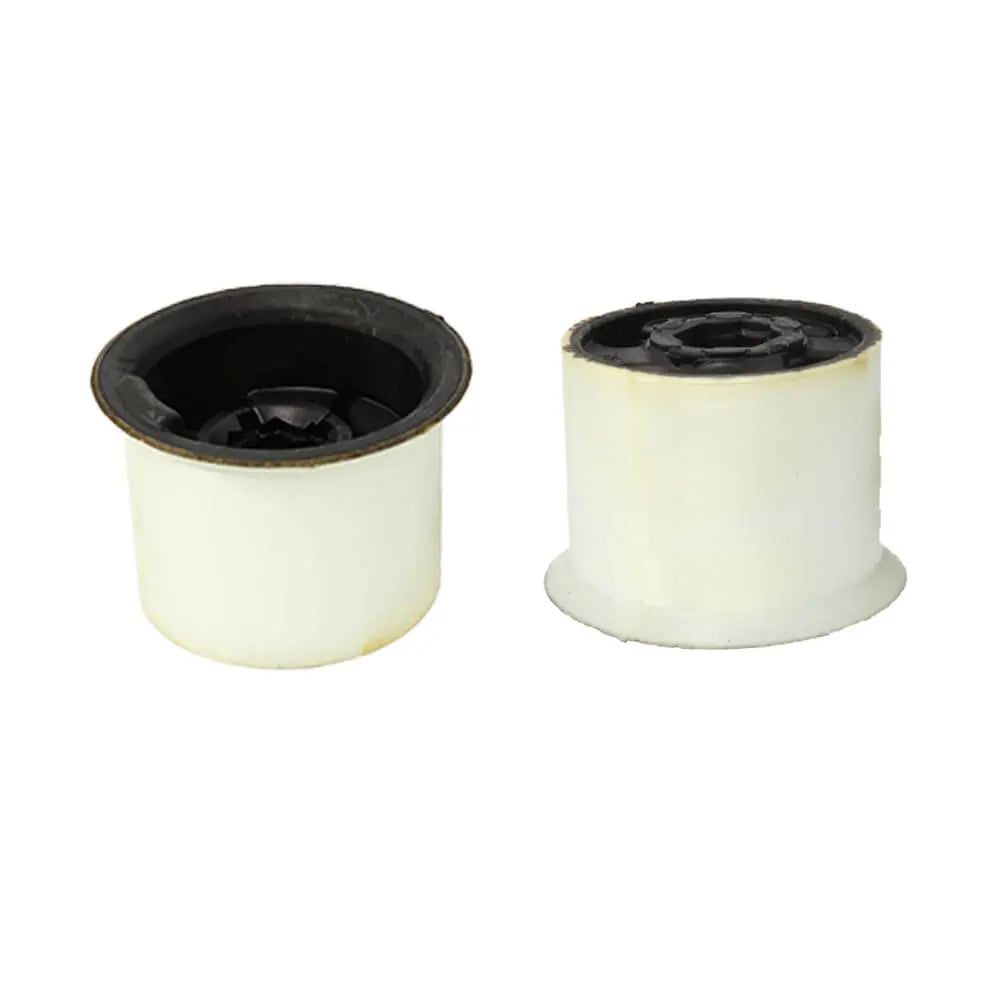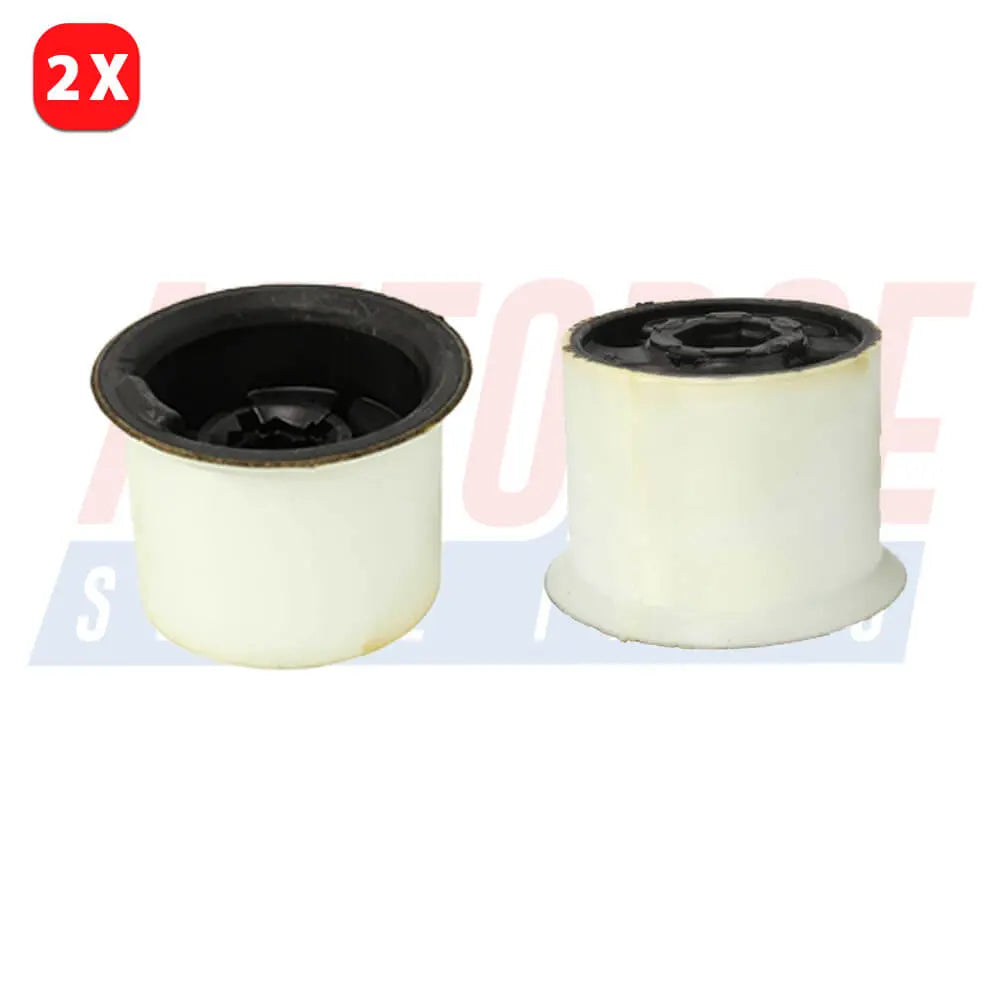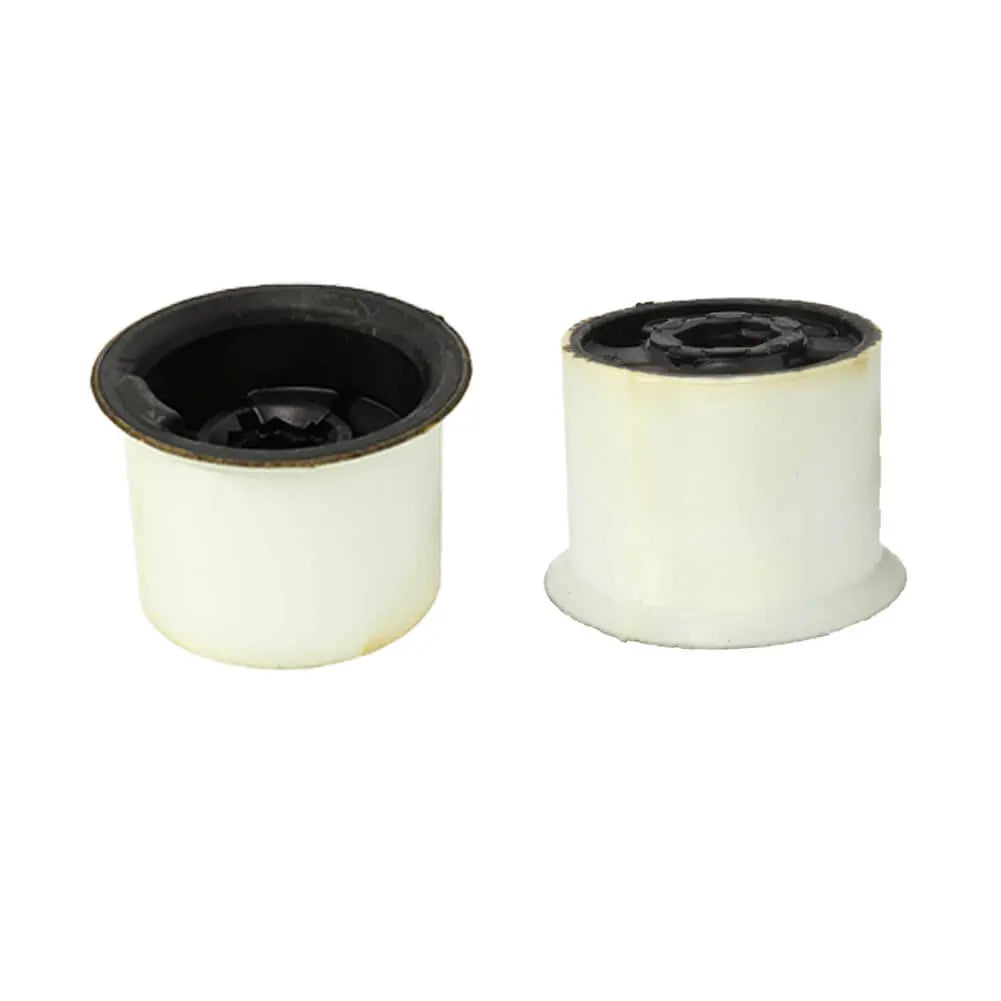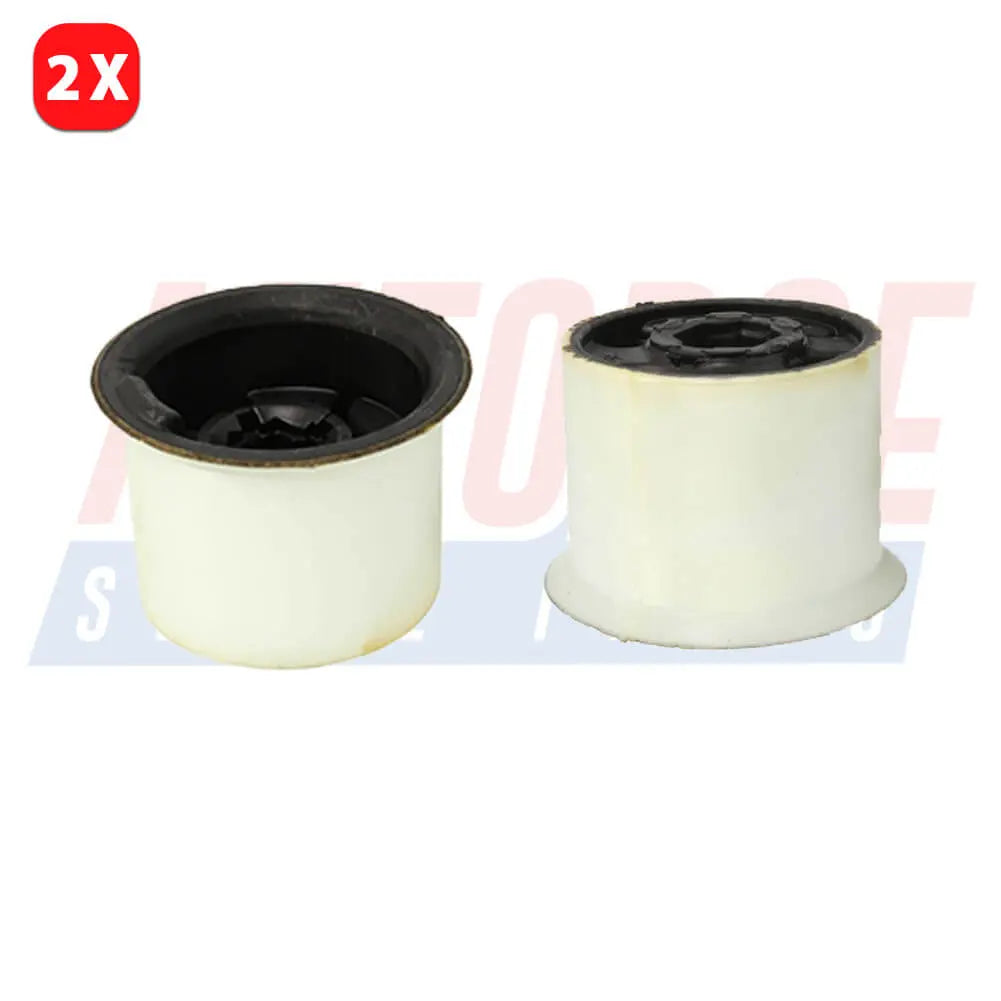Shop by Category
Axle Bushes
13 products
Showing 1 - 13 of 13 products
A Comprehensive Guide to Axle Bushes: Vital Components for Smooth and Stable Car Performance
Axle bushes, also known as control arm bushings or suspension bushings, play a crucial role in ensuring the stability, control, and comfort of a vehicle's suspension system. These small but significant components are responsible for connecting the suspension arms or control arms to the vehicle's chassis, providing a flexible yet controlled link. In this article, we will delve into the world of axle bushes, exploring their functions, types, common problems, and the importance of regular maintenance.Functions of Axle Bushes:
Axle bushes serve several important functions within a vehicle's suspension system:a) Vibration Dampening: Axle bushes absorb and dampen vibrations and shocks from the road surface, preventing them from transferring directly to the chassis and the cabin.
b) Noise Reduction: By reducing the transmission of vibrations, axle bushes contribute to a quieter and more comfortable ride.
c) Alignment Maintenance: Axle bushes help maintain the correct alignment of suspension components, ensuring optimal handling, stability, and tire wear.
d) Flexibility and Articulation: They allow controlled movement of the suspension arms, accommodating changes in road surface, cornering forces, and braking or accelerating forces.
Types of Axle Bushes:
There are various types of axle bushes used in modern vehicles, depending on the suspension design and application. The most common types include:a) Rubber Bushings: These are the traditional and widely used axle bushes, comprising rubber or elastomeric materials bonded to a metal sleeve. They provide good vibration isolation but can deteriorate over time.
b) Polyurethane Bushings: Offering improved durability and performance compared to rubber, polyurethane bushes provide enhanced stability and better control of suspension movements.
c) Spherical Bearings: Also known as spherical rod ends or spherical bushings, these provide greater freedom of movement and articulation, commonly used in high-performance and racing applications.
Common Problems and Symptoms:
Over time, axle bushes can wear out or become damaged due to continuous exposure to road conditions and the stresses of driving. Some common signs of worn or faulty axle bushes include:a) Excessive Vibration: Increased vibrations and rattling noises felt or heard in the cabin.
b) Loose or Imprecise Steering: The vehicle may feel less responsive, with increased play in the steering wheel.
c) Uneven Tire Wear: Axle bushings that have lost their integrity can cause irregular tire wear patterns.
d) Clunking or Knocking Noises: Audible sounds when going over bumps or during cornering.
e) Poor Handling and Stability: Reduced control and stability, particularly during cornering or sudden maneuvers.
Importance of Maintenance and Replacement:
Regular maintenance and inspection of axle bushes are essential to ensure optimal performance and safety. Timely replacement of worn or damaged bushes can help prevent further suspension damage and maintain the vehicle's overall stability. It is advisable to consult a professional mechanic or technician who can diagnose and replace faulty axle bushes correctly.Axle bushes may seem like small and insignificant components, but their impact on a vehicle's performance, comfort, and safety cannot be understated. By absorbing vibrations, reducing noise, maintaining proper alignment, and allowing controlled suspension movement, axle bushes contribute to a smooth, stable, and enjoyable driving experience. Regular maintenance and prompt replacement when necessary are key to preserving the integrity of the suspension system and maximizing the lifespan of these vital car parts.
Showing 1 - 13 of 13 products
Display
View
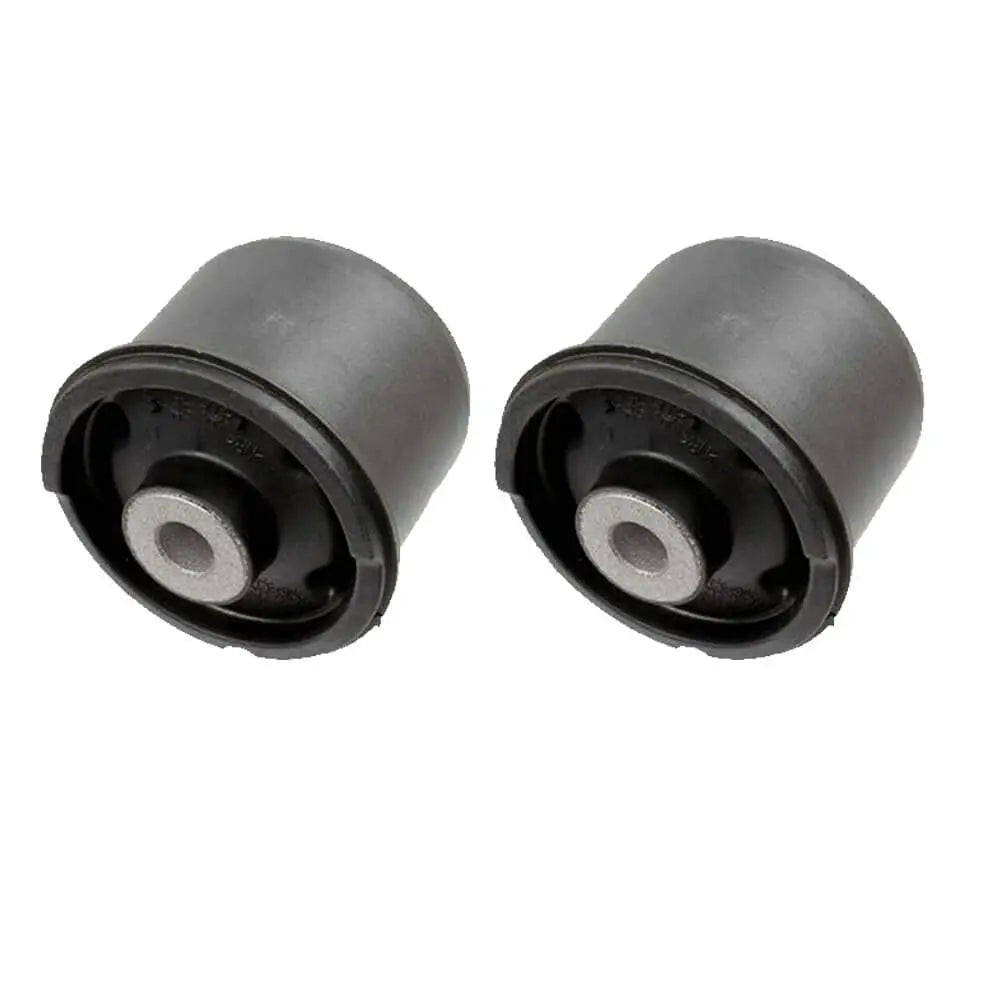
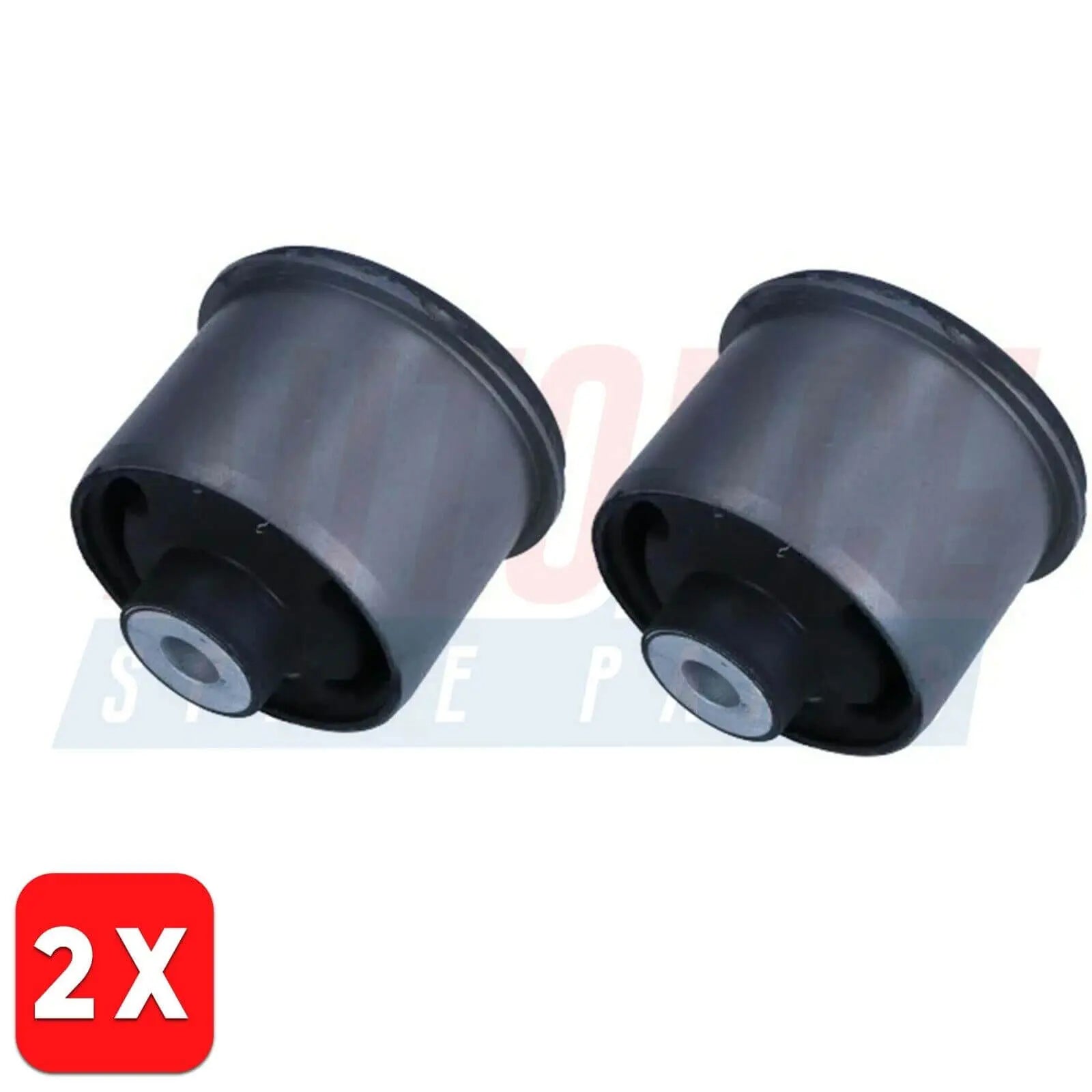
2 Pcs Rear Axle Mounting Bushes Suspension L/R For Ford Fiesta Mk7 (2008-2017) B-Max (2012 - Onwards) 1805815, 8V515K653BA
Sale price£16.90
No reviews
Hurry! Stock running out!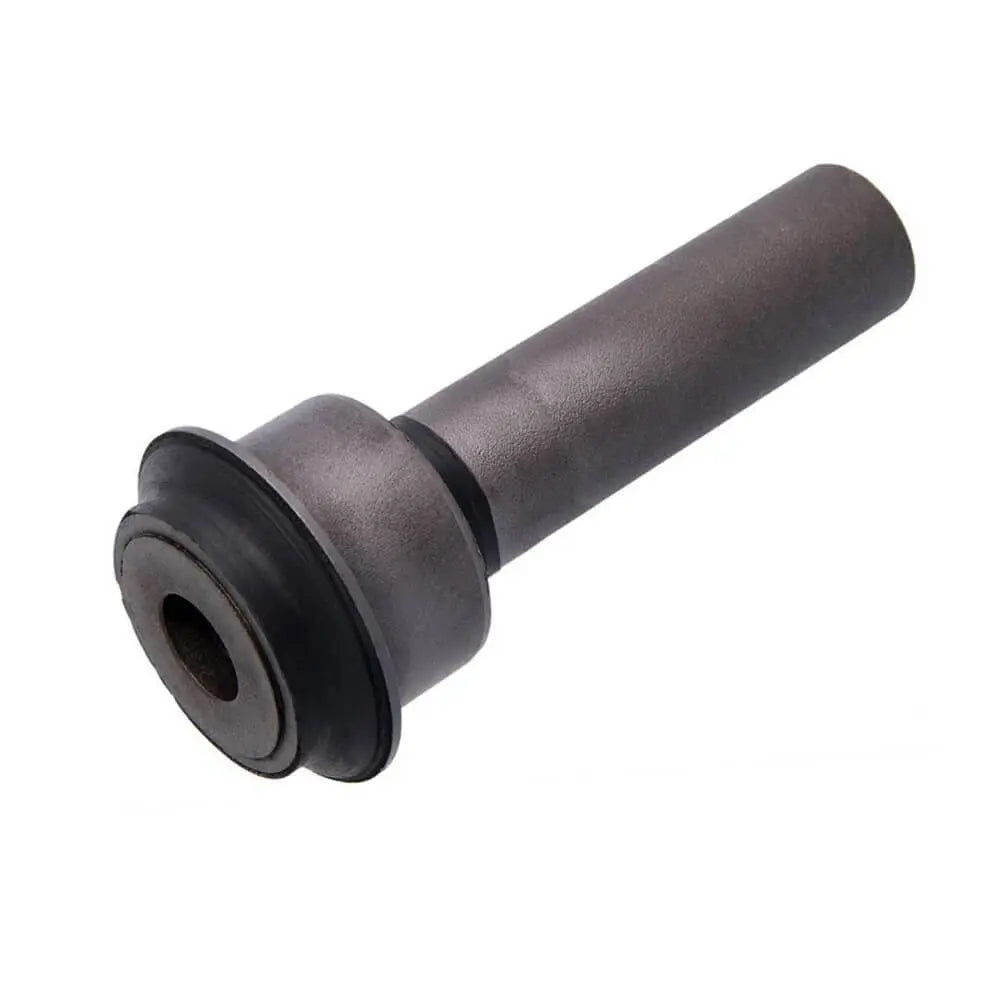
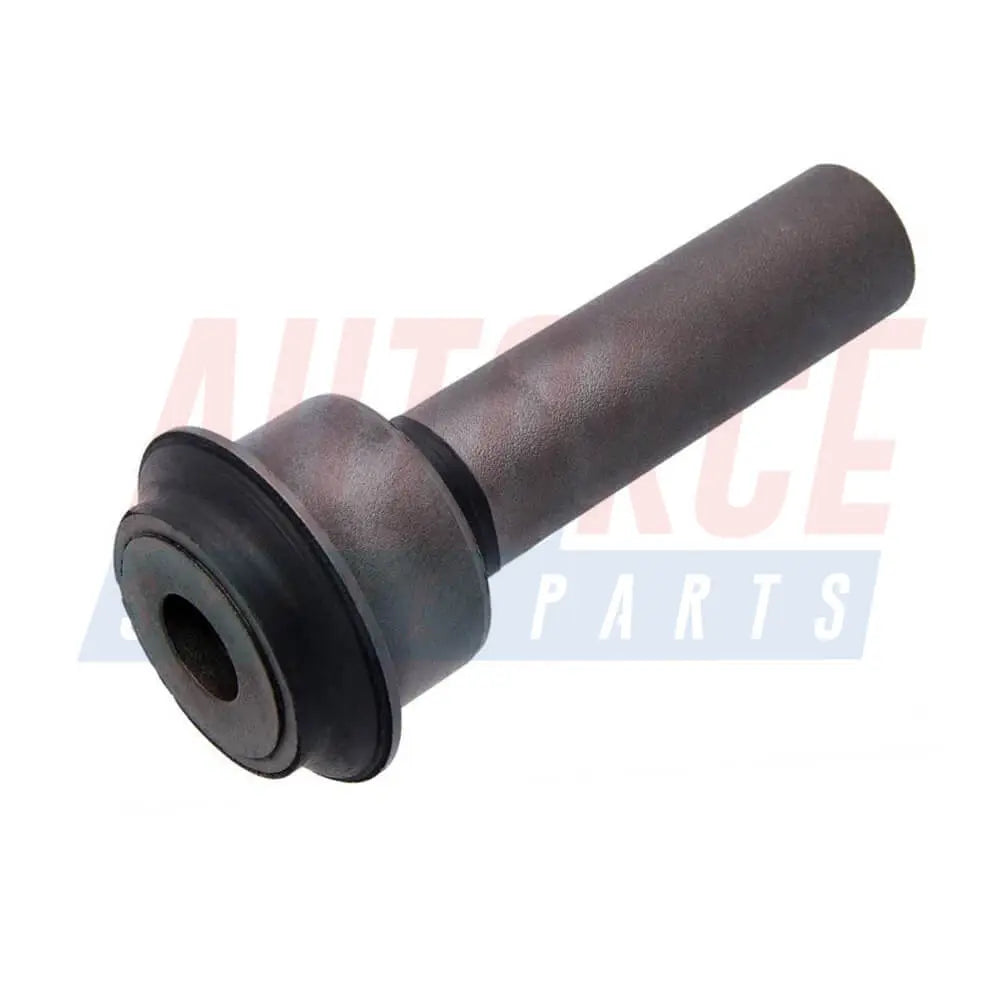
Front Subframe Bush For Nissan Qashqai X-Trail Juke For Renault Koleos (2007 - Onwards) 54466JD000
Sale price£16.90
No reviews
Sold out
Filters (0)


